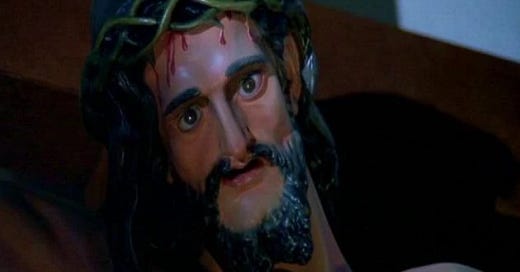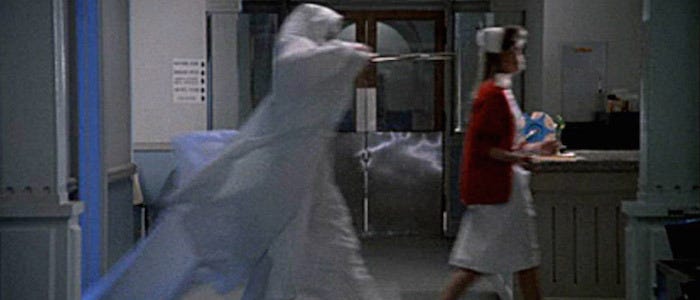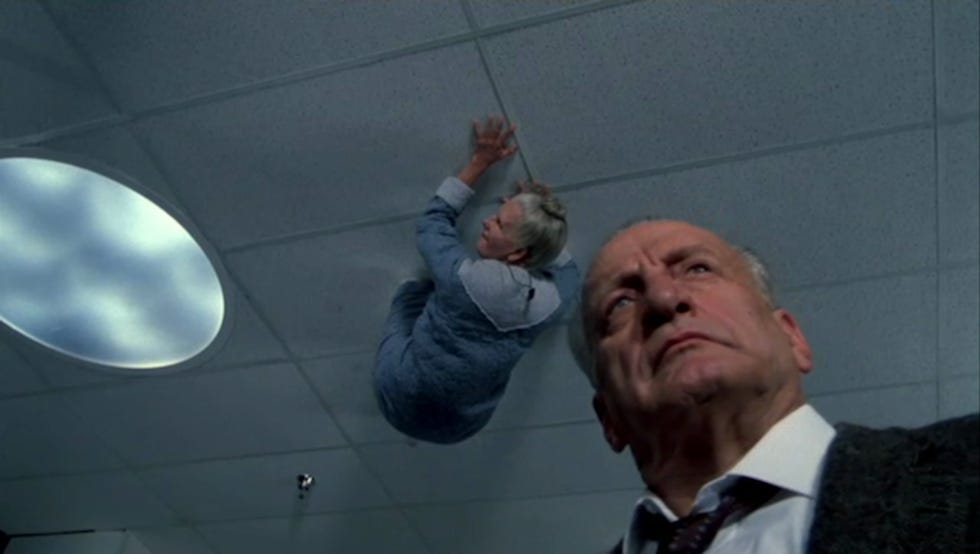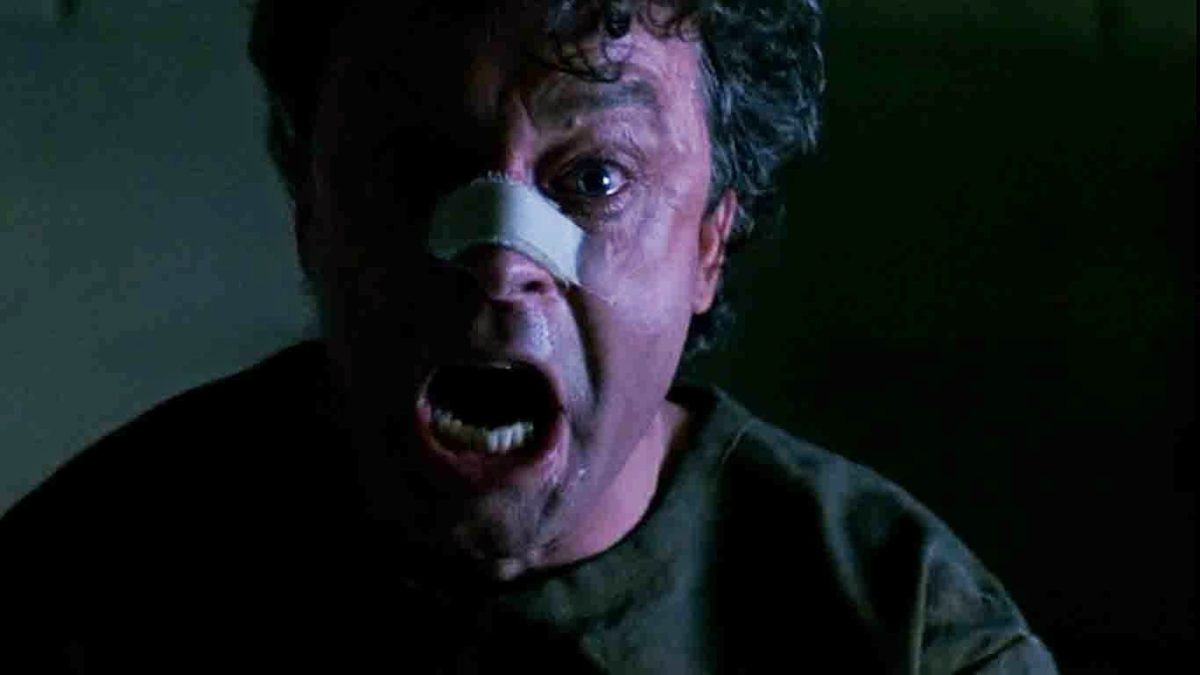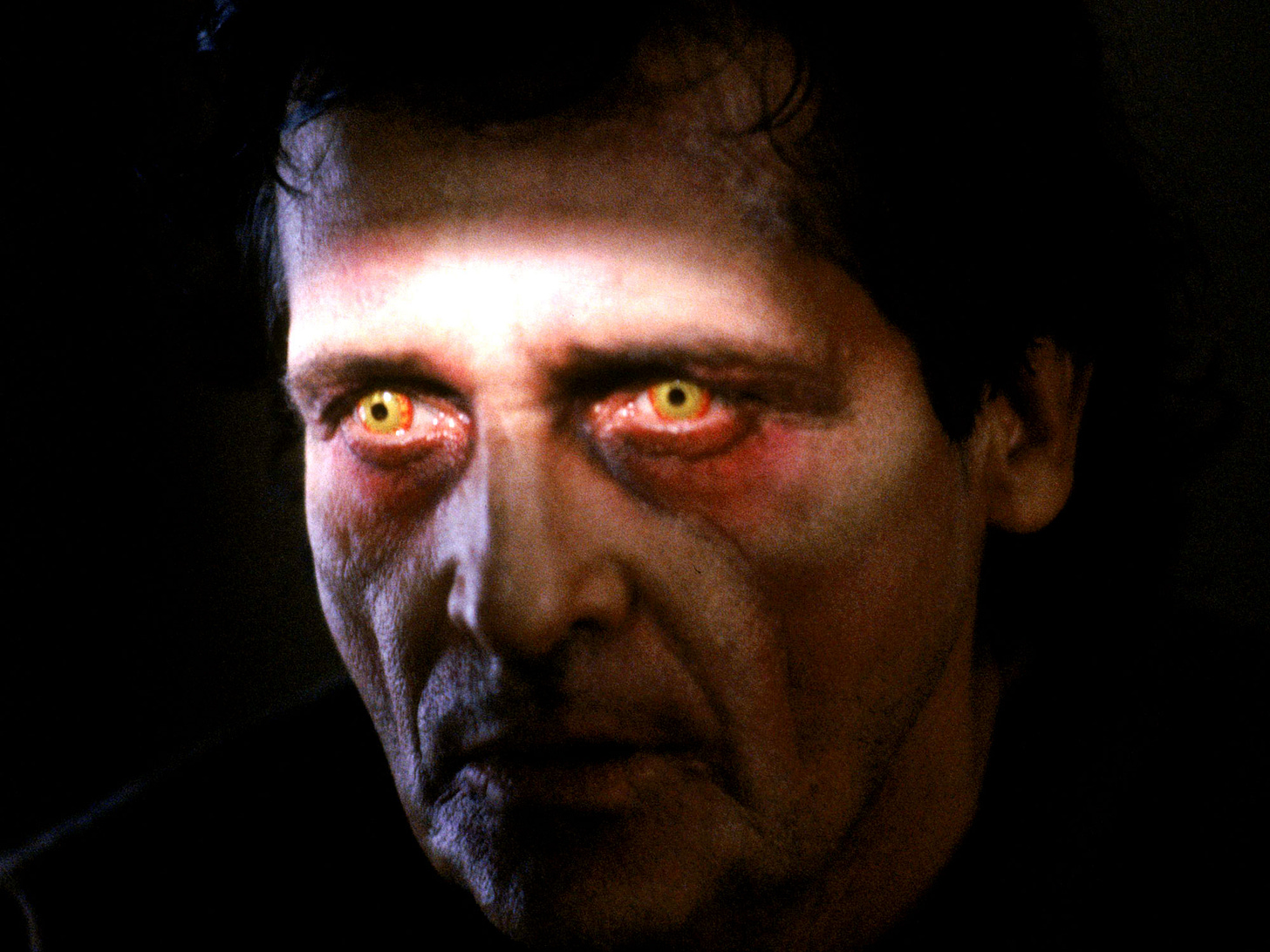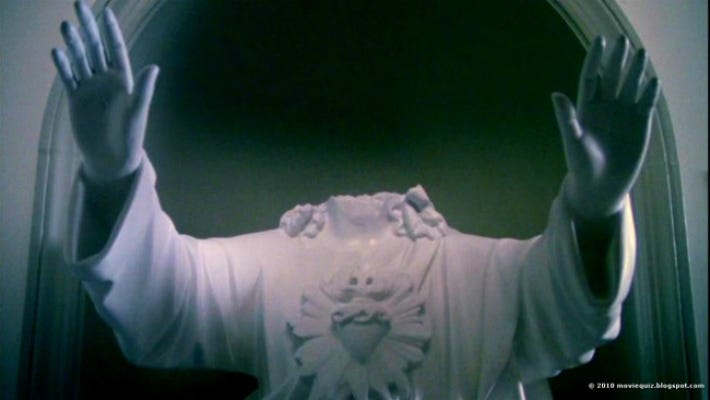Lessons in Epilogue: Why “The Exorcist III” Matters
Rumor has it the legendary Stanley Kubrick advised against anyone taking on the task of directing a sequel to 1973’s “The Exorcist.” By his logic, the movie would need to push all boundaries of taste and achieve the dreaded ‘X’ rating to satisfy audience expectations. Adjusted for inflation, the meticulously paced shocker still earns a spot in the top 10 of all time in gross and ticket sales. Wow.
As it turns out, movie sequels are almost as old as movies themselves. 1916’s “The Fall of a Nation”, which followed 1915’s “Birth of a Nation” earns that distinction. Sequels are appealing because they’ve proven to be an easy dollar for the studio and an easy watch for an audience. All the leg work in establishing characters and a world is already done so the thought is - let’s just give people more of the same. It’s why 99% of sequels devolve into empty vessels. They are soulless retreads of the original just usually longer, louder and dumber. Why? Because it’s easier, faster and more profitable to just make the same thing again. As visionary as he was, even Kubrick got sucked into this trap.
But every once in a while, a filmmaker has the clout, courage and creativity to do the opposite.
In 1990 William Peter Blatty went against all sequel protocol and blessed us with “The Exorcist III.” A sequel so removed from its predecessor it’s not even the same genre. Blatty made a smaller, less excessive, less vulgar experience and offered up a police procedural movie instead of horror film.
Note this mature approach as opposed to the utterly juvenile and trite 2023 reboot pitch which went something like this; Here’s what we do. This time there are TWO possessed girls. Oh, and one’s BLACK!
See the difference? Blatty’s masterpiece is part cop thriller, part art house experimental, part contained horror that just works. Except for the last 10 minutes. My goodness, if ever a sequence screamed “studio note’…
Oh, and it just happens to have the greatest jump scare of all time.
Based on his novel “Legion,” the film follows Detective Kinderman from the first film. George C. Scott takes over from J. Lee Cobb and gives a screen devouring presence that cannot be taught. Blatty’s narrative structure relies as much on sound design as it does delicate composition. A native of the Maryland, DC, area, Blatty filled his screen with an odd array of local celebrities from the early nineties. Patrick Ewing and C. Everett Coop show up in a comically unsettling dream sequence after we see Larry King filling in as a restaurant extra. The whole thing is weird, lovely and antithetical to everything his first film was about. He’s playing. With us. With the structure. With the tone. So, when we’re finally hit a demon, it throws us off balance to remind us he’s in charge.
“The Exorcist III” is a such a unique piece of entertainment because it takes a little used, but well written ancillary player from the original film and weaves them into a whole new genre, just like life. One’s life is not a series of repetitive events. Some years your life is full of action. Sometimes tragedy. Blatty understands this. A comedy writer by trade who just happen to reach legend status with his novel that was crafted out of his comfort zone.
There’s some life lesson there and I’m not sure what it is.
Although lifted by an exceptional supporting cast in Nancy Fish and Ed Flanders, they all play second fiddle to the spellbinding Brad Dourif. While most of the world will remember him as supplying four decades of “Chucky,” to me he will always be the Gemini Killer. In “The Exorcist III”, Dourif is at his career best insanity, finding that mystical line between brutal menace and over-acting – and only a pure thespian knows where it is. Absolutely ferocious in his portrayal of the Gemini Killer, Dourif elicits terror and pity with his limited screen time. The whole film seems to stop just for him and let’s this grossly underrated character actor dominate.
Its major flaw remains a climax that is ruined by studio interference and feels completely out of place with the rest of the tightly wound burn. It’s a bombastic FX driven spectacle that comes out of nowhere and lands with an unsatisfying thud. It’s assumed because the studio needed the word “exorcist” to finance and market the film, to which I sympathize, they felt it had to have a bigger, louder exorcism at the end to sell it to an early 90’s audience. They were mistaken.
If only other filmmakers and studio executives had the courage and the confidence Blatty did in 1990, the world might be blessed with sequels to remember. “The Exorcist III” likely saved the franchise but didn’t save Blatty’s career. A shame because he was far more gifted than the shock sequences to which he’ll be remembered. Like the original, “The Exorcist” isn’t about an exorcist at all. It’s just a cool sounding word that looks great on a poster. The original was about a priest who had lost his faith while the third is about a police detective’s decades long mourning of a friend.
And yeah, like Blatty I have completely erased “The Exorcist II” which is about as acid trippy, bonkers of a movie there is – but it’s still not Blatty approved so I dismiss it as well.
“The Exorcist III” remains second greatest psychological police thriller of all time and the second greatest sequel of all time. I’ll leave you to guess what those are.

